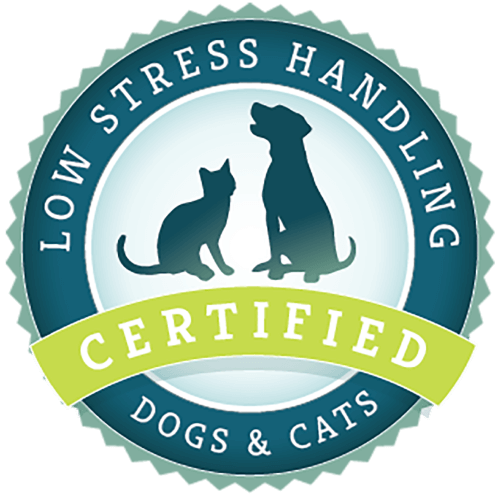What article are you looking for?
Category: dogs
Walking Your Dog
Taking your dog for a walk should be an enjoyable event; walks are the primary reason some people get a dog. For some owners, issues arise that make going on walks less enjoyable. Let’s think about some options to help you both enjoy your walks more.
10 Ways to Build Confidence in Shy and Fearful Dogs
Fear is a normal emotional response in dogs that can be from a real or perceived threat. Some dogs respond with subtle behaviors that seem shy. For other dogs, the fear is more obvious because they will hide, run away or freeze in place. These dogs often avoid eye contact and may tremble. Help shy and fearful dogs feel safer by building trust and teaching skills to manage their fear.
How to Make Veterinary Visits Less Stressful
Fear during clinic visits often leads to patient distress, discomfort, and behavior problems. If their fear and anxiety are not addressed effectively, it can worsen over time, become harder to manage safely, and can have negative impacts on their welfare. Fear and emotional distress create challenges that can prevent pets from receiving necessary care. Fear can put people at risk. You may be hesitant to take your pet in just to avoid the experience; some people are embarrassed by their pet’s behavior. Remember they are behaving this way because they are afraid, not because they are
Teaching Your Dog to Love the Cone
Rocco modeling soft cone Rocco is modeling a soft-sided lion-themed cone. These soft collars are cute and more friendly but also not as aversive as many of the traditional cones.All photos courtesy of Sandra Robbins. Elizabethan collars (sometimes referred to as “cones of shame”) are necessary tools to keep pets from licking a surgical site, wound, or hot spot; chewing off bandages or splints; or scratching their ears or face. By desensitizing your dog to wearing a cone, it will be less stressful for your pet if and when they need to use one. Several types
Teaching Chin Rest to Dogs
Your dog can learn to target a chin rest to your palm as a stationary position, on a walk, target on a towel, or the arm of a wheelchair for petting in therapy work. Dog resting chin on open hand To prepare for training have high-value soft treats, and identify a comfortable height and position for both animal and trainer, such as a rolled up towel on a chair. When teaching this behavior, it is important to keep your hands steady, so your dog is not nervous. Step 1: Stationary Chin Rest
Enrichment for Senior Dogs
What is Enrichment and Why is it Important for Senior Dogs? Enrichment is offering experiences and opportunities to animals to encourage healthy natural behaviors and enhance physical and emotional welfare. Enrichment is often broken into two broad categories: environmental and social. Environmental enrichment alters the animal’s space either by making changes to the environment itself or by adding novel items such as toys, feeding puzzles, exercise, and things to smell and explore. Social enrichment involves offering positive social experiences for the animal with people or other animals. Enrichment is important for all species of animals, including people! Sometimes we enrich

Low Stress Handling® Silver-Level Certification
Individual Certification at this level demonstrates to clients and employers the individual’s dedicated interest in Low Stress Handling®. Hospital Certification at this level demonstrates to clients and staff the hospital’s commitment to appropriately training staff in Low Stress Handling® methods.
Learn More
